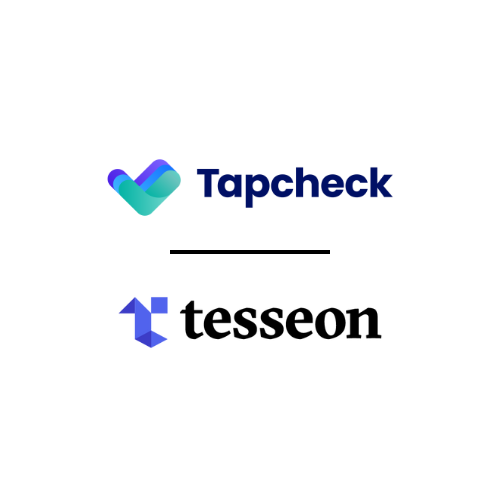When it comes to employee benefits, simplicity matters -- especially if that benefit is supplemental in nature. Teams might be willing to grind out a long integration period for a new healthcare benefits plan, but for something like earned wage access (as impactful as we’ve seen it be), it’s got to be easy.
Integration might sound like a heavy lift to a team that has gone through arduous payroll changeovers, added new employee portals, or launched an internal app. But not every implementation needs to send shivers down the spine of your operations team.
Tapcheck integrates seamlessly with your existing payroll system and does not require any major changes to your existing payroll processes (don't take it from us. Listen to Sara).
After a few quick steps, you’ll allow your employees to get on-demand access to their pay, helping them avoid high-interest debt or predatory payday loans.
Let’s walk through the integration process step-by-step.
What Information Does Tapcheck Need to Get Started?
Before anything else, Tapcheck connects with the information you already provide in payroll via an API integration. API, or Application Programming Interface, allows for an exchange of data so things can work together.
In most cases, this API will allow Tapcheck to verify the following information:
- Gross pay amounts based upon hours worked
- Applicable deductions (pre- and post-tax)
- Employee’s state and filing status
With this data, Tapcheck calculates accurate earned wages that are inclusive of obligations and withholdings. This ensures compliance and consistency with your payroll system.
How Does Tapcheck Handle Payroll Deductions and Taxes?
Tapcheck follows the same sequence your payroll software already uses:
- Gross Pay – The total wages earned by the employee.
- Deductions & Taxes – Federal, state, and local taxes, updated automatically through our tax engine. Items like garnishments or other post-tax obligations are also factored in.
Through the API integration. Tapcheck mirrors your existing process to make sure employees only have access to accurate, earned wages – not some lump sum estimation that could be overdrawn.
How Are Taxes Kept Accurate and Up to Date?
Taxes change often, but it’s easy to keep the data that’d fed to Tapcheck up to date. Tapcheck captures ongoing Tax Updates as they are entered in payroll, so deductions always reflect the latest regulations at the federal and state level.
That means your employees’ available balance in Tapcheck remains precise and reflects their ongoing tax status.
What Happens Once Everything Is Calculated?
After applying deductions and taxes, Tapcheck delivers a Calculated Result—the exact net wages available for employees to access early.
This ensures they never withdraw more than they’ve truly earned, protecting both the employee and employer.
Will Tapcheck Disrupt Our Payroll Process?
Not at all. Tapcheck was designed to work with your existing payroll software without requiring major changes, migrations, or complicated setup.
Payroll teams keep running payroll the same way they always have, while Tapcheck handles the earned wage access calculations in the background.
What’s the End Result for Employers and Employees?
- For employers: No extra burden on payroll teams and full compliance with regulations. Employers who communicate the benefits of on-demand pay can see meaningful lifts in retention.
- For employees: Flexible access to wages, helping them avoid overdraft fees and payday loans. 7 in 10 workers said on-demand pay helped them avoid new debt.
By aligning with your payroll workflow, Tapcheck makes earned wage access simple, secure, and seamless.
Ready to See Tapcheck in Action?
Tapcheck integrates in just a few steps, without disrupting payroll. Let’s show you how simple it can be to give employees financial flexibility while keeping your processes intact.
Want a broader review of earned wage access to learn how it can impact your business? Visit our guide here.




.png)





